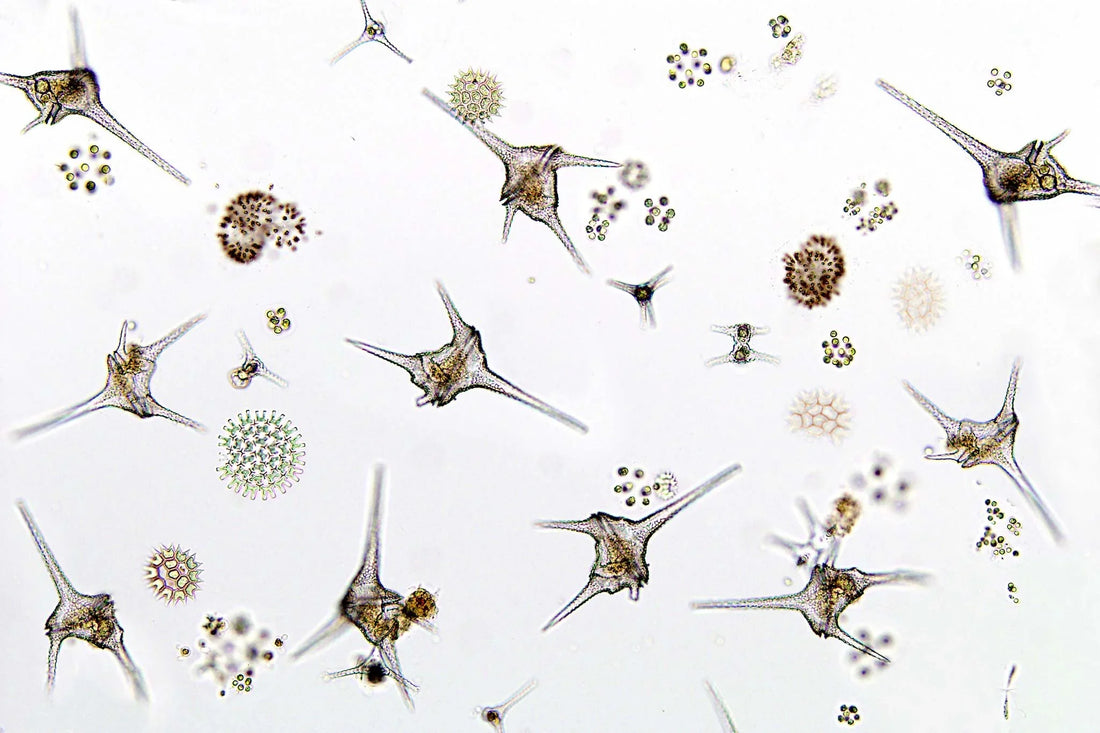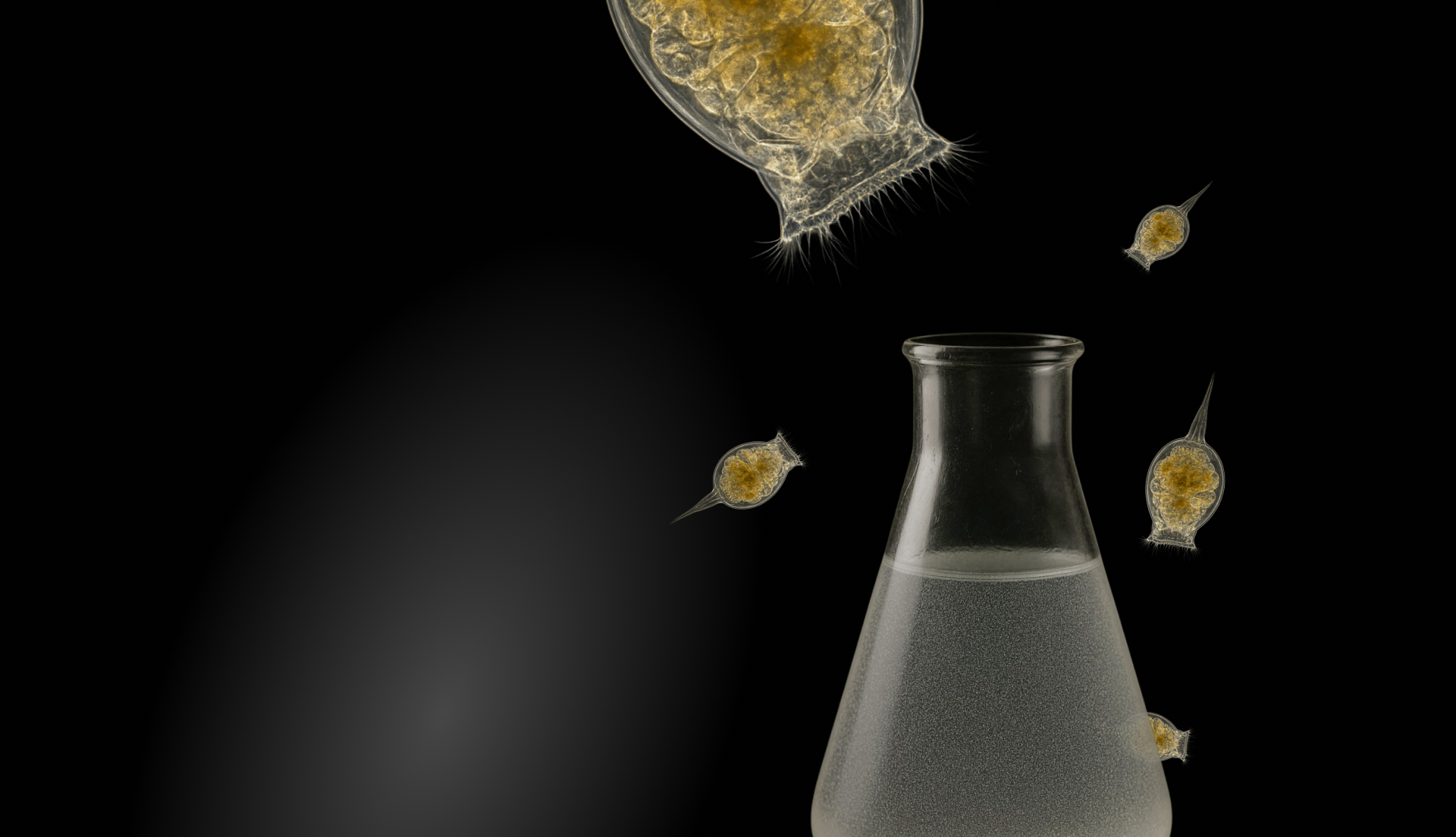Dinoflagellates (or “dinos”) are one of the trickiest nuisance organisms in saltwater aquariums. They often show up as brown, slimy coatings on sand and rock, sometimes with bubbles. While they look like algae, they're actually microscopic protists — some species are harmless, but others can wreak havoc on your reef.
Common Types of Dinoflagellates
Identifying the type can help inform your approach. Here are the most common ones aquarists encounter:
-
Ostreopsis - Toxic, sticky, and dangerous to snails and corals. Forms dense mats and traps bubbles.
-
Amphidinium - Free-floating and persistent. Often survives even through blackouts.
-
Prorocentrum - Smaller and less aggressive; may appear as light dust on surfaces.
-
Coolia - Attaches to glass and sand. Moderately toxic and relatively slow-growing.
-
Gambierdiscus - Rare but highly toxic. More common in tropical environments.
-
Symbiodinium - A natural coral symbiont; not considered harmful in this context.
How to Identify Them
-
Appearance: Slimy or dusty brown layers, sometimes with trapped bubbles
-
Timing: Often intensifies during light periods and clears overnight
-
Behavior: No visible movement, but may shift location daily
-
Impact: Irritated corals, dying snails or inverts, and ultra-clear water (from microfauna die-off)
Why Dinoflagellates Appear
Most outbreaks stem from an imbalance. Common causes include:
-
Ultra-low nutrient levels (undetectable nitrate/phosphate)
-
Overuse of UV or aggressive mechanical filtration
-
Recent tank resets, sterilizations, or bacterial blooms
-
Minimal biodiversity (new tanks or stripped systems)
Effective Treatment Steps
There’s no one-size-fits-all cure, but this multi-step process is widely successful:
1. Identify the Species (Optional)
A microscope helps distinguish between strains, especially Ostreopsis vs. Amphidinium. It’s not mandatory but improves targeting.
2. Blackout the Tank (2–3 Days)
Dinoflagellates rely on photosynthesis. Blocking all light - including ambient room light — interrupts their energy cycle and weakens them.
3. Stabilise Nutrients
Raise nitrate to 5–10 ppm and phosphate to 0.05-0.1 ppm. Dinos thrive in ultra-clean tanks; rebalancing nutrients often slows or halts their growth.
4. Dose a Targeted Treatment (Optional)
Products like Dino Destroy can assist by disrupting cell function in dinoflagellates without harming coral or fish. These are most effective when combined with the other methods listed above.
5. Community support
We recommend joining Mack’s Reef Dinoflagellate Support Group on Facebook, as they can help ID the type of dino’s you have and also offer other advice on competing against them. the most common solution is competing against them with diatoms.
Prevention
-
Don’t drive nutrient levels too low
-
Avoid excessive sterilization or filtration
-
Introduce biodiversity slowly and deliberately
-
Monitor changes after major tank cleanouts or additions
-
Quarantine new rock, coral, or sand that may carry pests
Final Thoughts
Dinoflagellates are frustrating but beatable. Success comes from understanding what triggers them and adjusting your system to support a healthier, more balanced microbial environment. Stay patient, stay consistent - and if needed, use a targeted product to tip the scales.


